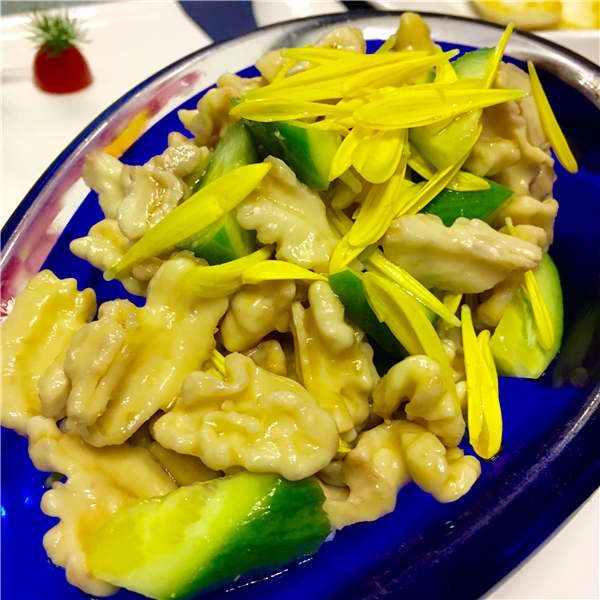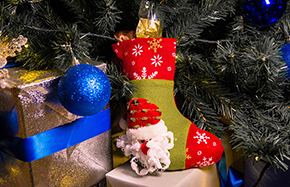Bugs, flowers and rodents on your plate
 |
|
Deep-fried bamboo worms, locusts and flowers are common dishes in Yunnan. |
The flowers commonly eaten in the city, however, come from farms.
Japanese-banana blossoms are flicked into stir-fries. Chrysanthemum petals speckle cold walnuts and diced cucumber. Roses are mashed into a sweet paste that's sheathed by flaky pastry crusts.
Bamboo rats are relatively rare among the local-ingredients list that many outsiders deem "exotic". But they are lurking in certain kitchens throughout the city.
That said, Kunming offers plenty of fare for the less - you could say - adventurous.
It's known for its varied gastronomic legacy, as the capital of China's most ethnically diverse province.
Ghost chicken (guiji), for instance, takes its name from the history of ethnic Jinpo ancestral worship. Cold, boiled chickens were easy to schlep to shrines - and are delicious when drizzled with lime, chilies, garlic, mint and basil.
Indeed, spicy, sour and complex persist as the strongest impulses of most dishes in Kunming's cornucopia of distinct cuisines.
Wandoufu's ingredients list is itself a mouthful - pea-meal chunks, carrot strips, chopped cilantro, sesame seeds, sweet soy sauce, pear vinegar, ginger water, garlic water, brown sugar, oil chilies and fried peanut powder.
Yunnan roast duck is the less-celebrated cousin of the globally acclaimed Peking recipe - but, some would argue, equally delectable.
Its status is plausibly less a question of taste than a quirk of geography, since the dish hails from outside of the national capital.
(It has been inscribed on the provincial-level intangible cultural-heritage list and is awaiting an answer on a State-level application.)
That said, any visitor will discover Kunming's cuisine flavors a culture that stays with you - wherever you come from and wherever you're going.
















